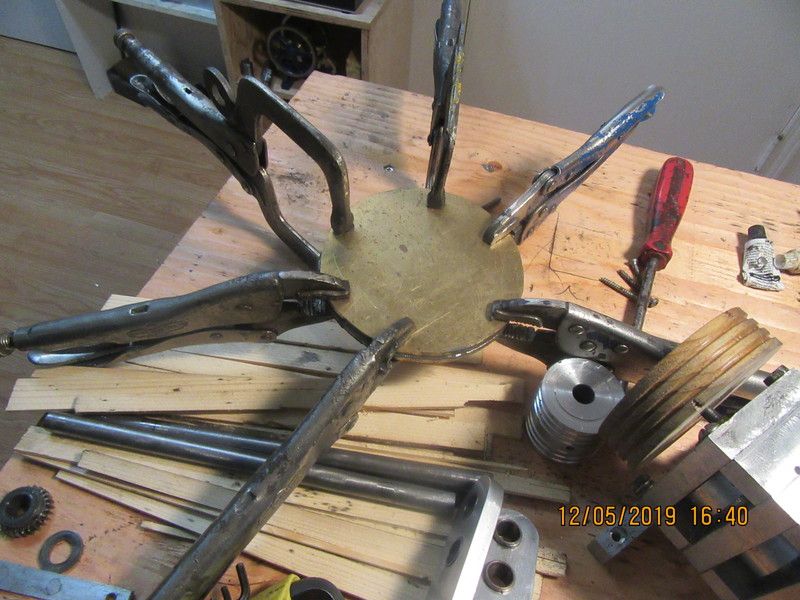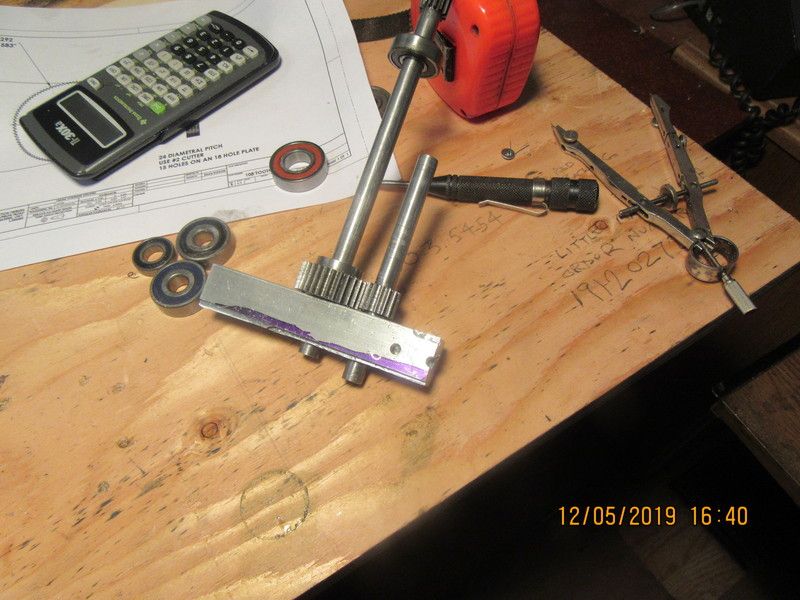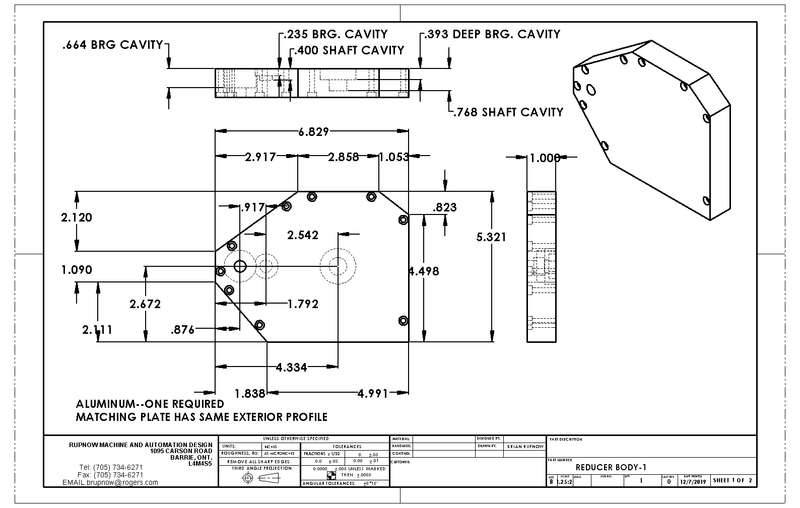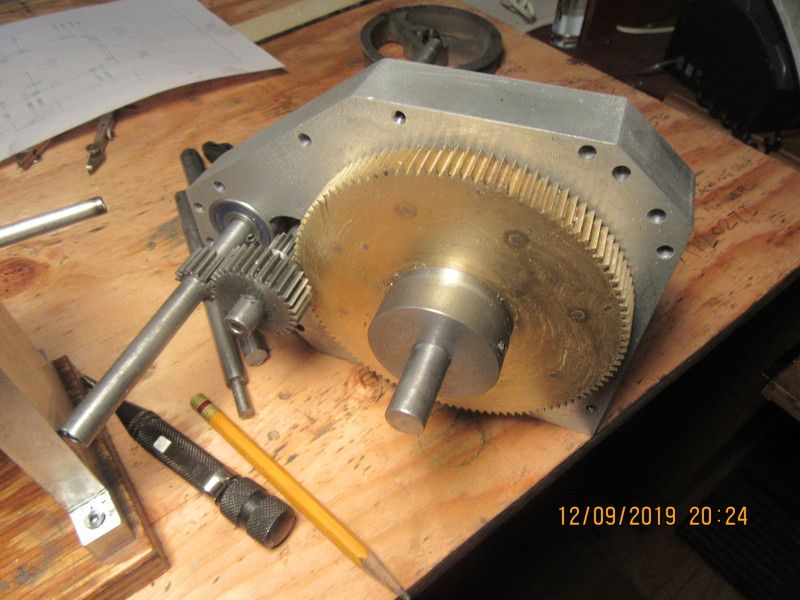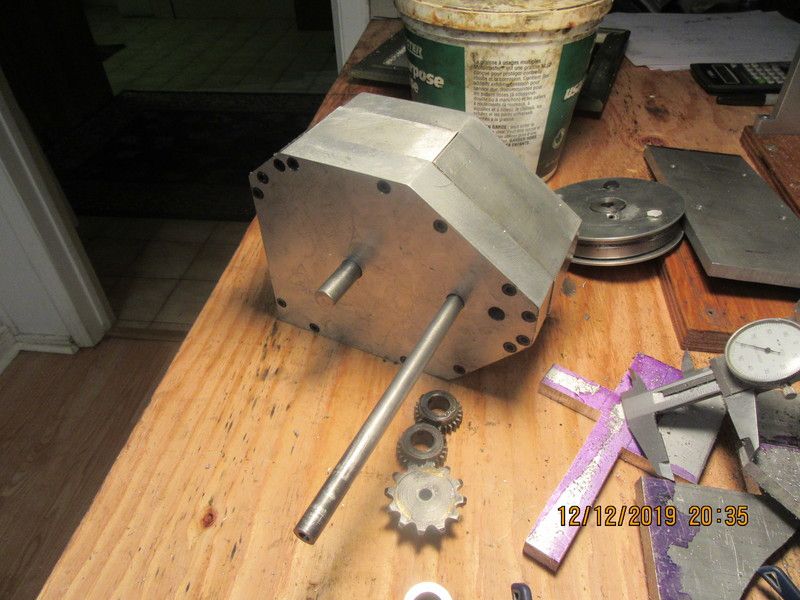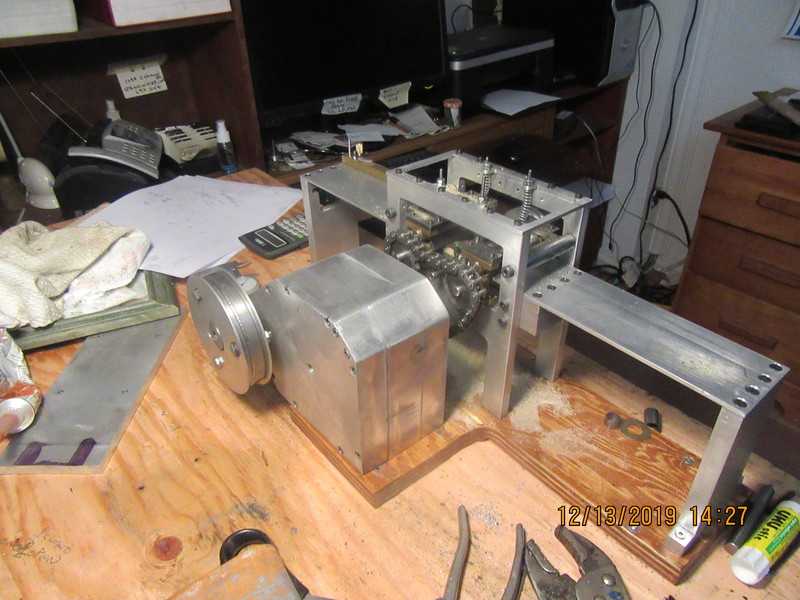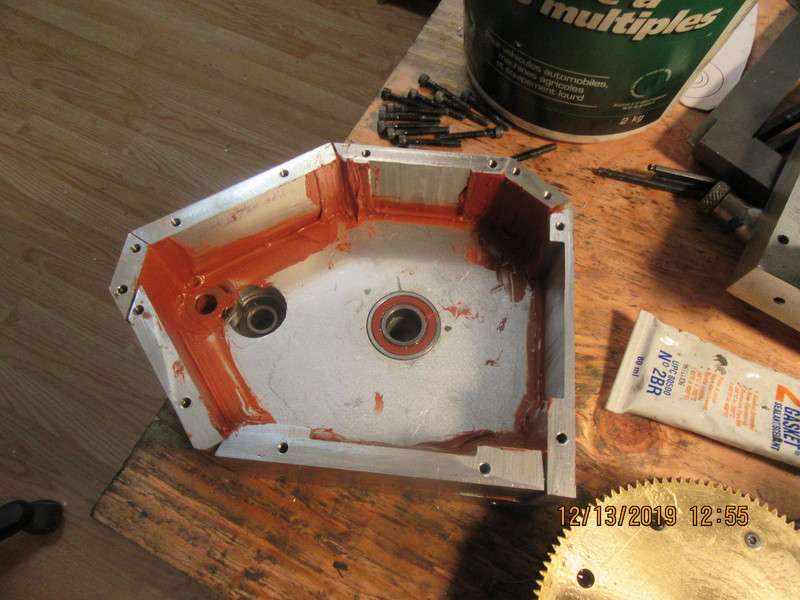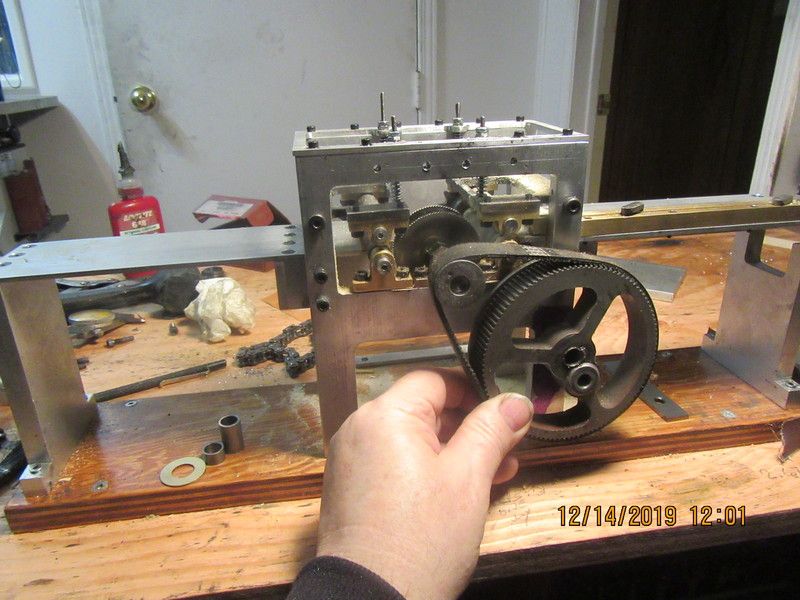Beautiful gears! I assume the larger one is keyed onto the shaft with the integral smaller gear?
With regard to the large brass gear - are you using brass for wear purposes? Wonder what a piece of phenolic or delrin or such would cost - I would think either would be cheaper than brass, but I haven't actually tried to source either in the size / shape needed for a gear blank.
I too have a large-ish plate of brass, close to 1/2" thick in my case, with some odds and ends of holes in it from its previous life. Every time I come to something that could use a large piece of brass, I find myself hesitating - is *this* the project I want to use this on? What if I use it now, and then *really* need it later on? Based on the history thus far, I'm guessing this piece of brass might be buried with me!
With regard to the sanding strips - I woulda thunk that 120 grit would get you there within a reasonable length of time. Are you using cutting oil with the strips? Especially, are you regularly floating off the build-up of swarf?
What I use are billed as "emery cloth" - don't know if that is any different from the carborundum strips you are using ...
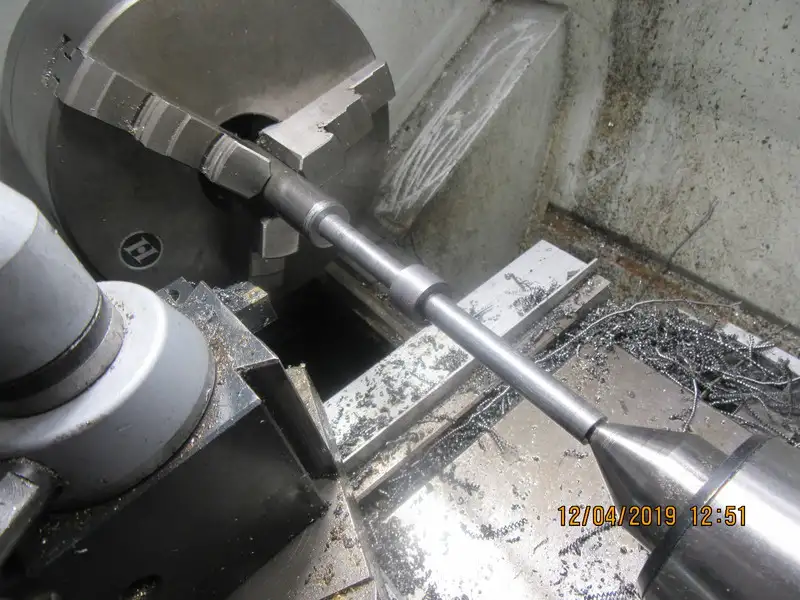






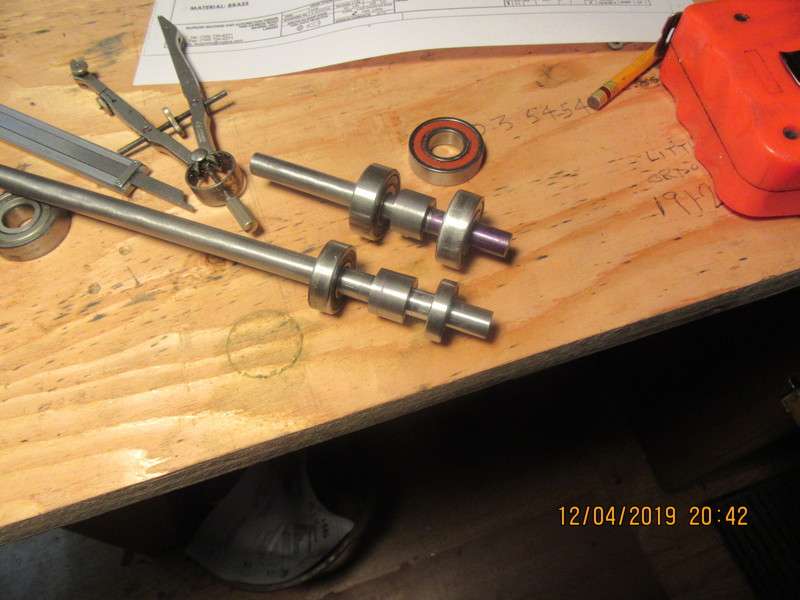
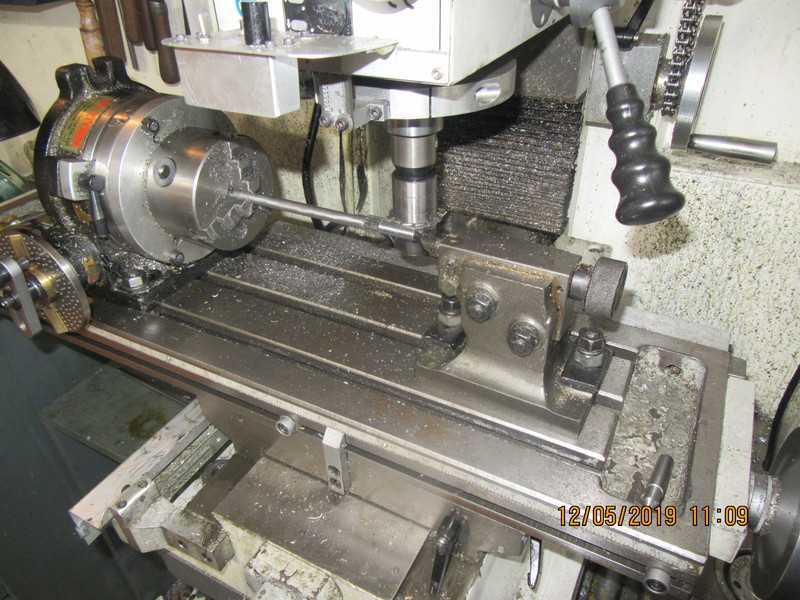
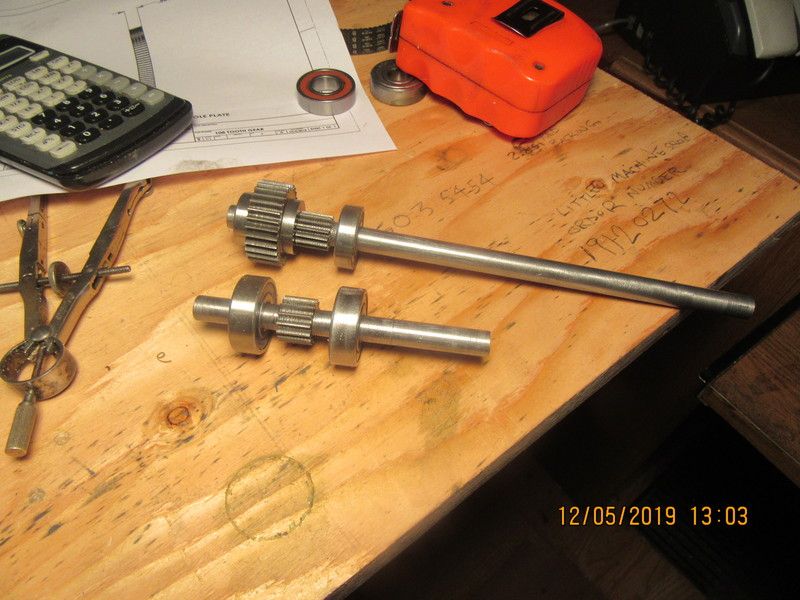

















![[The Haynes GM, Ford, Chrysler Engine Performance Manual: The Haynes Manual for Understanding, Planning and Building High-Performance Engines (Haynes Techbook)] [Author: Haynes, Max] [August, 2008]](https://m.media-amazon.com/images/I/51x6eyiUHhL._SL500_.jpg)















![TurboCAD 2020 Designer [PC Download]](https://m.media-amazon.com/images/I/51UKfAHH1LL._SL500_.jpg)








![DreamPlan Home Design and Landscaping Software Free for Windows [PC Download]](https://m.media-amazon.com/images/I/51kvZH2dVLL._SL500_.jpg)



















